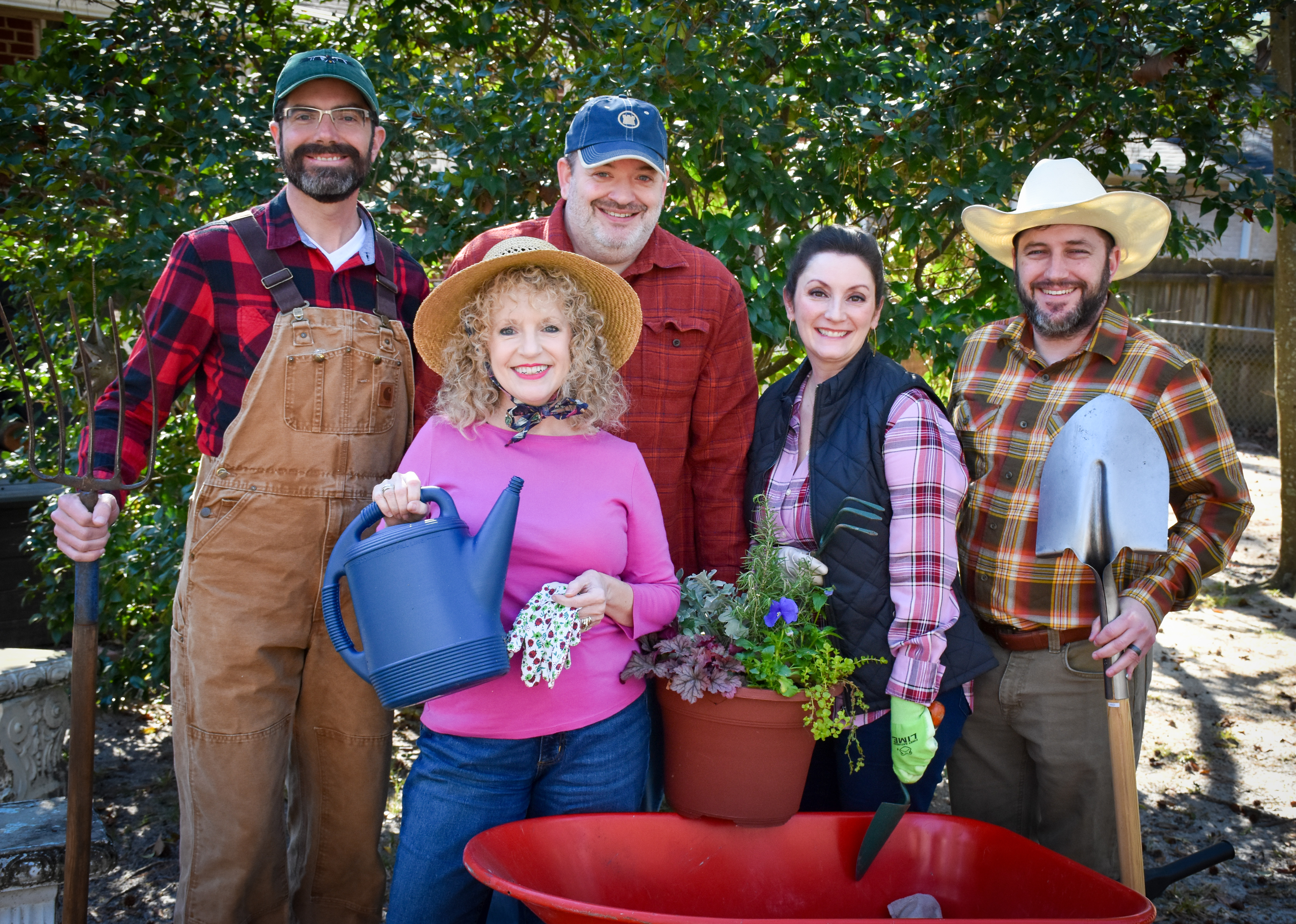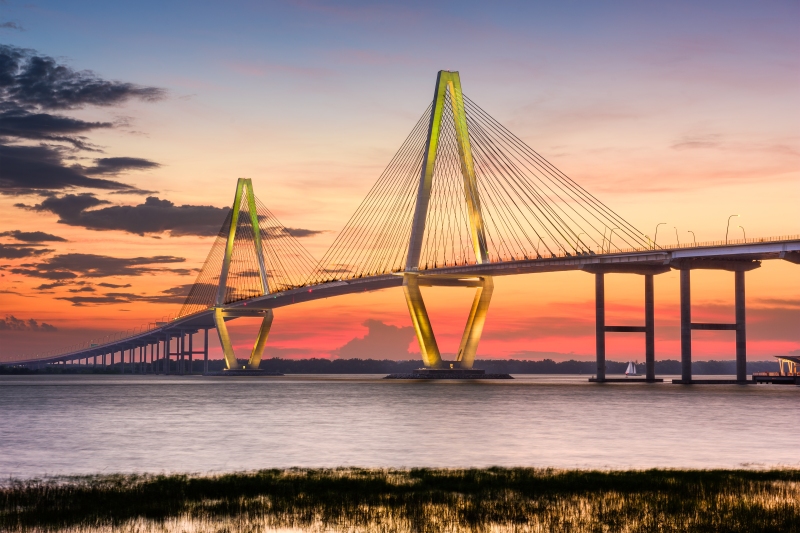The locals are expecting a quarter-million neighbors!
Last weekend, about sixty commercial dirt lawyers attended South Carolina Bar’s Dave Whitener Real Estate Intensive Workshop in Kiawah Island. This workshop is held every-other-year and honors the memory of the late, great real estate lawyer and law school professor who planned and moderated it for many years until his untimely death in 2014. I think Dave would have enjoyed the collaboration and education we all enjoyed last weekend*.
And I think he would have been shocked at changes in the Charleston area!

Charleston is exploding! Kiawah Island itself is in the throes of a major renovation anticipating its next PGA tournament in 2021. As we left Kiawah Island early Sunday morning, a time we could survey our surroundings with no traffic, we were amazed at the new subdivisions that have sprung up between the beautiful island and I-26 as well as those in the North Charleston area where the Boeing plant is located. The area is changing so fast it’s hard to recognize even for someone who does business in the area and visits it often.
I was not surprised to see this Charleston Post and Courier article entitled “105,000 homes await construction in the Charleston metro area” by David Slade dated July 18. The article begins with the premise that Charleston-area residents are about to welcome 250,000 neighbors—roughly equal to the population growth Charleston, Berkeley and Dorchester Counties have experienced since 1990. Wrap your brain around that thought! The anticipated housing, according to this report, is nearly enough to accommodate the combined populations of Charleston and neighboring Mount Pleasant, which are the largest and fourth-largest cities in South Carolina.
Traffic is already horrible in the area. We hear from many lawyer friends and their staff members who fight increasing traffic to get into work each morning. When the I-526 bridge over the Wando River was closed recently for emergency repairs, we heard that some lawyers found it easier to take boats to work rather than to deal with the detour around the bridge. The emergency repairs required for this bridge are an example of the challenged infrastructure in the area.
But, as this article points out, area governments will see added tax revenues from the new growth, which will be needed for the roads and other infrastructure. Mr. Slade points out that residents of John Island, Kiawah Island, Seabrook Island and Wadmalaw Island have been waiting for many years for planned improvements to the Maybank Highway and River Road intersection which bottlenecks each day. The islands are beautiful places to live, but getting into Charleston to work can be problematic at best.
Charleston is the number 1 tourist destination in the United States and the number 2 tourist destination in the world. All of us in the real estate business will be looking with interest as this anticipated growth unfolds in the Holy City and its surrounding areas.
*Among the speakers this year was Dave’s widow, also a commercial real estate lawyer extraordinaire, Patricia Wharton Whitener, and two of Dave’s best friends, litigator Robert E. Stepp and USC Law Professor S. Alan Medlin. The line-up was excellent, and I encourage other lawyers who practice in the area of commercial real estate to attend this workshop at each offering!

